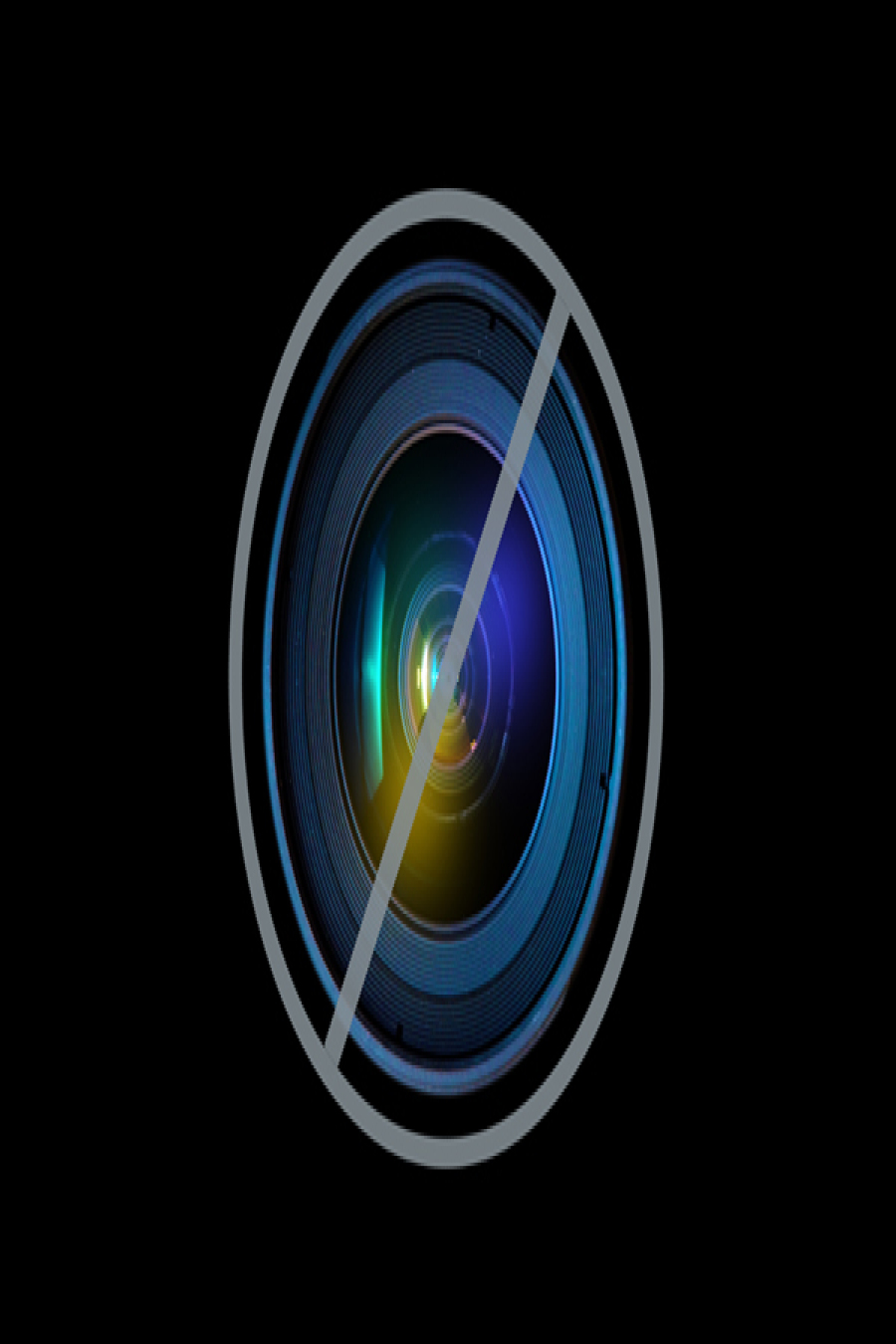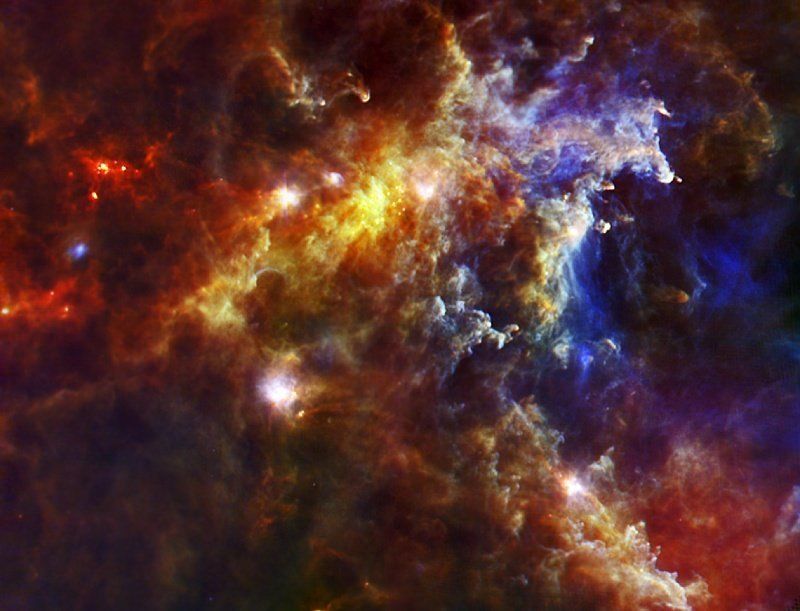Amazing.
This telescopic view of the so-called Witch's Broom Nebula was captured by space photographer Martin Pugh and featured as NASA's astronomy photo of the day on May 29.
Spanning about 35 light-years, the Witch's Broom Nebula -- also known as NGC 6960 -- is actually part of a larger interstellar gas cloud called the Veil Nebula, which constitutes the visible parts of a supernova remnant called the Cygnus Loop.
(Story continues below)
The "loop" is the blown-apart remains of a supernova (or, possibly two supernovae) that exploded more than 15,000 years ago at a distance of 2,500 light-years from Earth in the direction of the Cygnus constellation.
At the time of the explosion, the supernova would have been seen as a very bright star -- similar to the crescent moon in Earth's night sky, according to the National Optical Astronomy Observatory's website.
The remarkable red and blue-green "glowing filaments" now seen in the photo are the result of narrow band imaging, which enhances those respective spectra. The red areas are atomic hydrogen, and the blue-green are oxygen gas.
Supernovae are brilliant explosions that occur at the end of some stars' lives, and they come in two main types. Type I supernovae occur in binary (two-star) systems, when a white dwarf star draws mass out of its companion star until the dwarf reaches a critical mass and explodes. In Type II supernovae, a star runs out of nuclear fuel, collapses under its own gravity, implodes and ejects its stellar material into space.
A 2008 paper published in the Astrophysical Journal maintains that the Cygnus Loop is the remnant of a Type II supernova.
